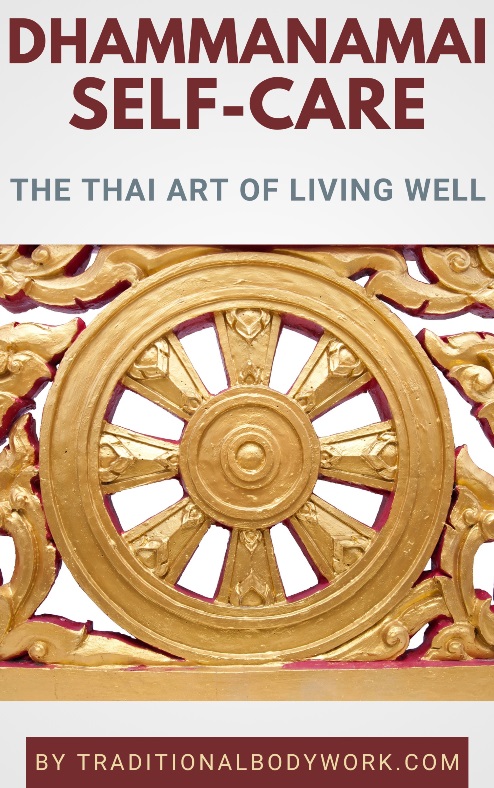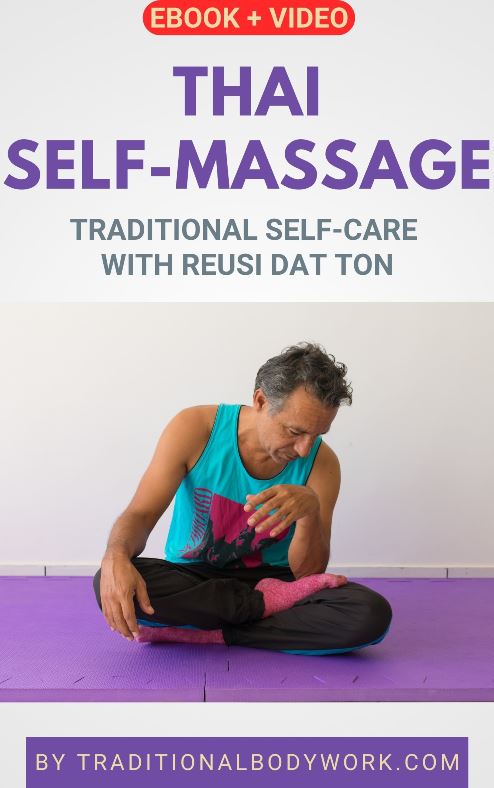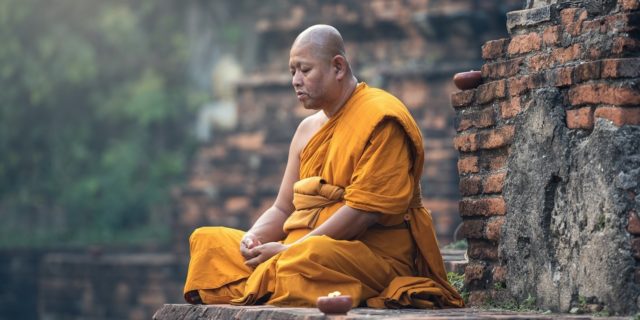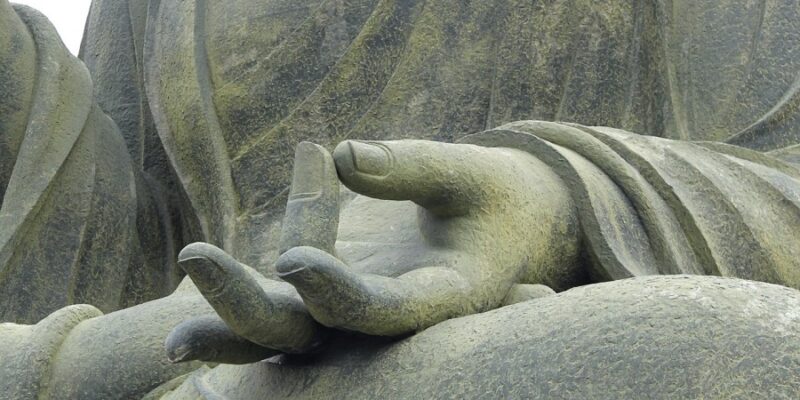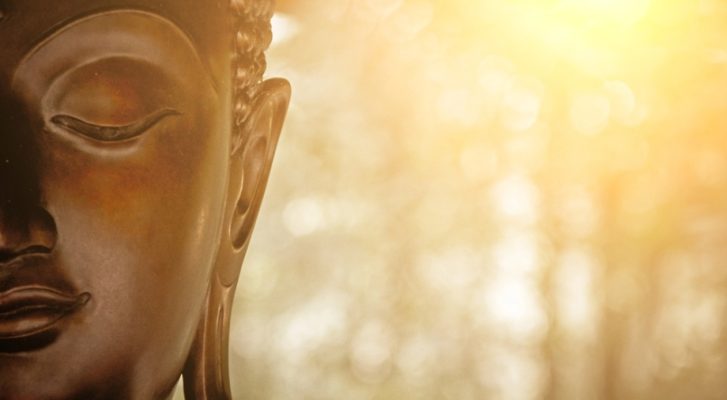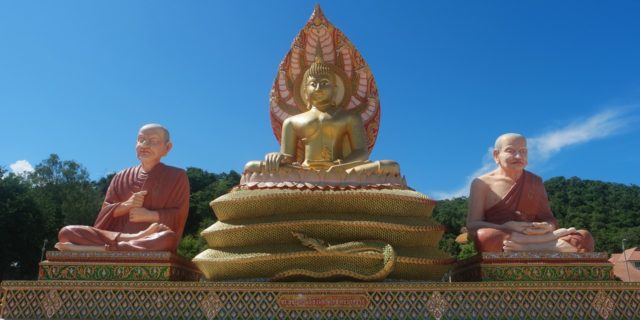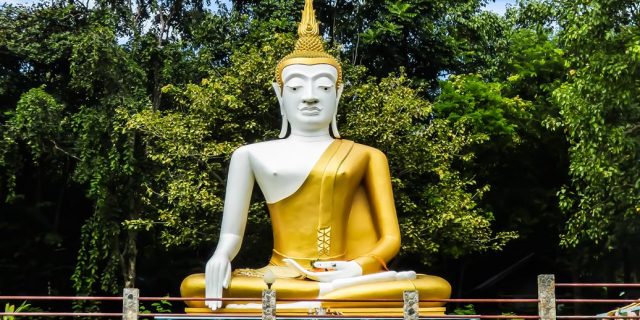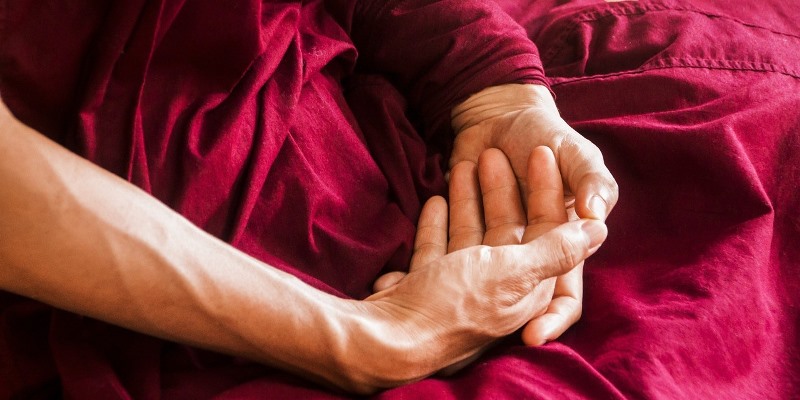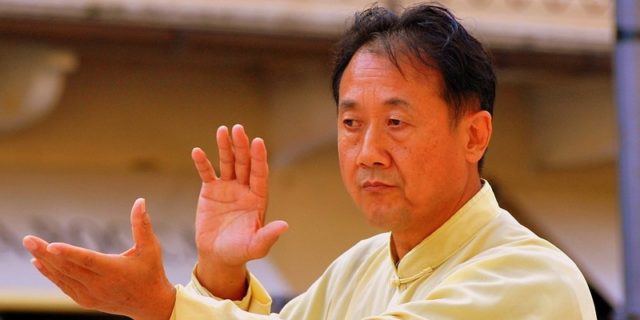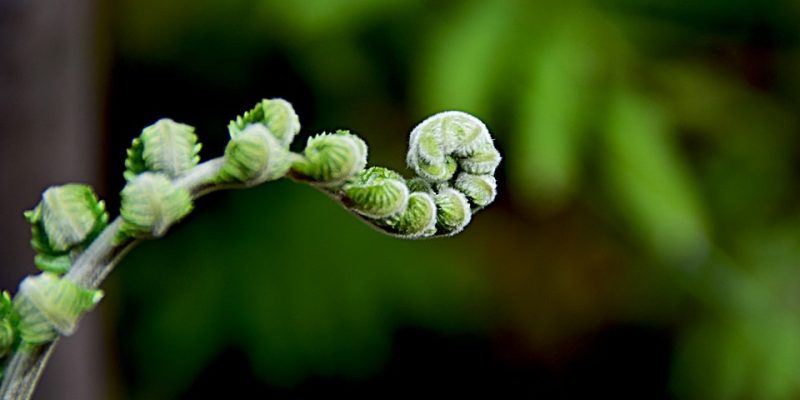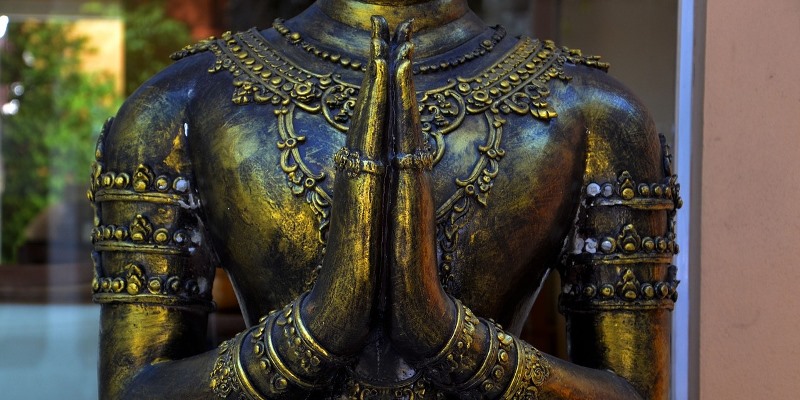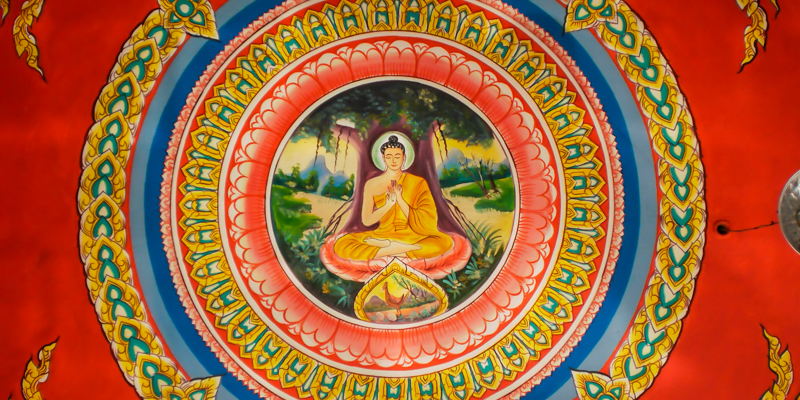
Going back to the root of the word “Vipassana” may help to better understand what is meant by Vipassana Meditation, also known as Vipassana Insight Meditation.

Vipassana is a word in the Pali language (Middle Indo-Aryan Indian language) which, depending on certain interpretations, is translated as “insight,” “seeing clear,” “see into,” “see through,” “seeing deeply,” “seeing in a special way,” “inward vision,” “intuition,” “introspection,” “before the eyes,” or “superior seeing,” “great vision,” “superior manner of seeing,” or “seeing that which is essential nature.”
The word is thought to be a concatenation of the Sanskrit words Vi and Pasyana. Vi can have many meanings as a noun, adjective, or as a prefix, but it’s believed that in the context of Vipasyana it means “discrimination,” “intense,” or “distinct.” Pasyana simply translates to “seeing” or “sight.” Hence, Vipasyana would mean “intense seeing,” or “discriminative seeing,” and so on.
Buddhist Tradition
In the Theravada Buddhist tradition (the dominant tradition in Thailand, Laos, Cambodia, Myanmar and Sri Lanka), Vipassana specifically refers to insight into and a deep understanding of the so-called Three Marks of Existence or Three Characteristics of All Existence and Beings: impermanence, suffering, and non-self.
In the Buddhist tradition it’s thought that human beings are subject to delusions about these three characteristics of life, and that the removal of these delusions (through understanding and insight) will result in the end of suffering with divine happiness and spiritual enlightenment as its result.
Impermanence
There is no permanency. Impermanence means that all things are in a constant state of flux. All physical and mental events come into being and dissolve. Nothing lasts, everything decays.
Suffering
The reality of physical and mental sufferings as a result of aging, illness, dying and/or the dissatisfaction from not getting what one wishes for and/or dissatisfaction with the phenomenon of impermanence of existence.
Non-self
The concept of “non-self” implies that there is no unchanging, permanent Self or soul in living beings and no permanent essence in anything or within phenomena. The idea that there is a permanent “I” or “I am” is an illusion.
Vipassana Meditation
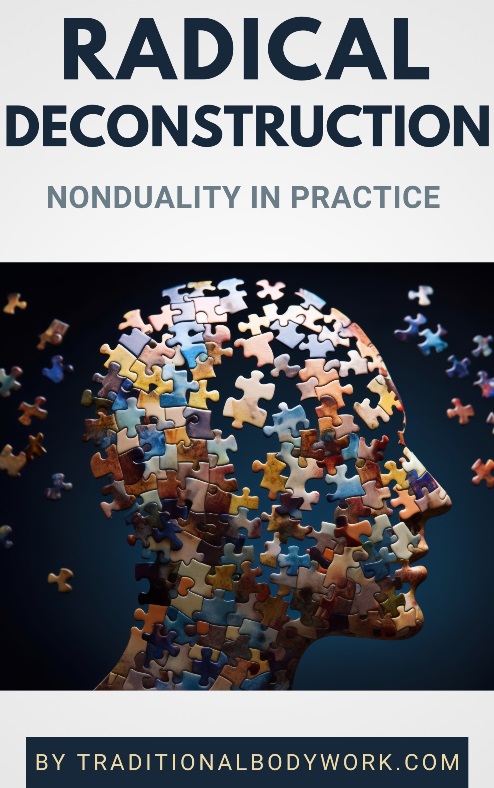
Throughout the centuries, several Vipassana movements, schools, lineages and styles have developed, but actually it all comes down to using or cultivating certain (meditation) techniques to finally “see clearly.” Seeing clearly that there is no permanent Self or “I” and that there never was. With that clear knowledge our suffering (the illusion) comes to an end which results in a balanced mind filled with love and compassion.
In fact, when you follow the thread of thought it means that if there’s no permanent Self or “I,” there’s nobody there who suffers, and consequently the fact of impermanence is nothing to worry about. All suffering is and was an illusion.
Meditation techniques used in Vipassana are basically those of strict self-observation, like observing the breath, moment-to-moment observation of whatever is happening within the body and the mind, and seeing the interconnection between mind and body and our mental and psychological conditioning.
By continuously bringing ourselves back “to the now and current moment” we can come to a direct experience and understanding of how our mind and body work and how that (unnecessarily) produces suffering.
Additional techniques and variations have been developed, like for instance:
- Sitting Meditation (focusing the attention on the physical sensations of sitting and of the breath coming in and out of the body),
- Walking Meditation (keeping attention on movement and touch sensations of legs and feet),
- Eating Meditation (paying close attention to taste sensations and the way we eat),
- Working Meditation (keeping concentrated attention to the physical way we do a certain work, like cleaning, gardening, carpentry, and so on).
All these practices are certainly not only limited to special periods of sitting and walking and so on, but can and should be extended to all our activities during the day, hence finally becoming mindfully aware of each and every moment.
Nowadays, there are numerous retreats, courses, trainings, temples, and centers in Thailand, Myanmar, Sri Lanka, and in many countries around the world that provide us with the calm environment where we can get initiated in both the theoretical background as well as the practical application of Vipassana meditation.

